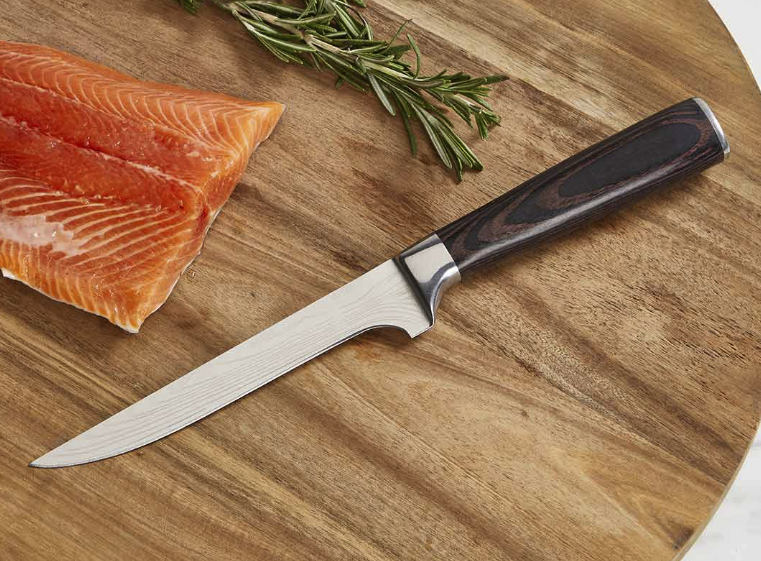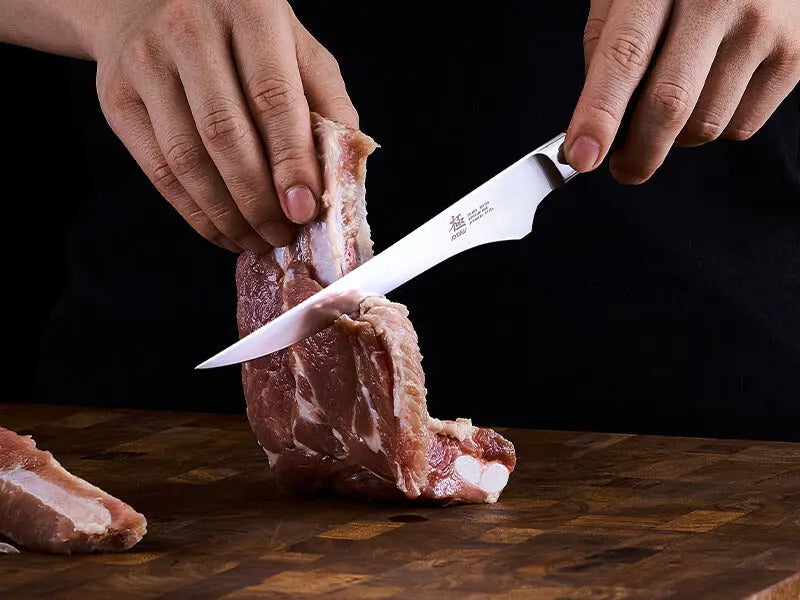Deboning fish fillets can seem like a daunting task, but with the right techniques and tools, it can be a straightforward and rewarding process. Whether you’re a seasoned chef or a home cook looking to improve your kitchen skills, learning how to debone fish fillets is an essential culinary skill. In this guide, we will walk you through the process of deboning fish fillets, ensuring you achieve perfect results every time.

Why Debone Fish Fillets?
Before we dive into the step-by-step guide, it’s important to understand why deboning fish fillets is crucial. Deboning not only enhances the presentation of the dish but also improves the dining experience by removing small, unwanted bones that could pose a choking hazard. Additionally, boneless fillets cook more evenly, ensuring a tender and flavorful result.
Essential Tools for Deboning Fish Fillets
To successfully debone fish fillets, you’ll need a few essential tools:
- Boning Knife: A flexible and sharp boning knife is ideal for precision cutting. Learn more about buying a boning knife.
- Fish Tweezers: These are used to carefully remove small bones without damaging the fish.
- Cutting Board: A sturdy cutting board provides a stable surface for deboning.
Choosing the Right Fish
Not all fish are created equal when it comes to deboning. Some fish, like salmon and trout, have a straightforward bone structure, making them easier to debone. Others, like sole or flounder, require more precision due to their delicate flesh. Choose a fish that suits your skill level and the dish you plan to prepare.
Step-by-Step Guide to Deboning Fish Fillets
1. Prepare the Fish
Start by rinsing the fish under cold water and patting it dry with paper towels. Place it on a clean cutting board.
2. Make the Initial Cut
Using a boning knife, make a shallow cut along the backbone of the fish. This will serve as your guide for removing the bones.
3. Remove the Rib Bones
Gently slide the knife under the rib bones and lift them away from the flesh. Take care not to cut too deeply, as this could damage the fillet.
4. Locate and Remove Pin Bones
Run your fingers along the fillet to locate any remaining pin bones. Use fish tweezers to carefully remove these bones.
5. Trim and Clean the Fillet
Inspect the fillet for any remaining bones or skin. Trim away any imperfections to achieve a clean, boneless fillet. For more detailed guidance, check out this complete guide on understanding boning knives.
Tips for Perfect Deboning
- Keep Your Tools Sharp: A sharp knife ensures clean cuts and reduces the risk of injury.
- Work Slowly and Carefully: Take your time to ensure all bones are removed without damaging the fillet.
- Practice Makes Perfect: The more you practice, the more confident and proficient you’ll become.
Common Mistakes to Avoid
While deboning fish fillets, it’s important to avoid common mistakes:
- Using Dull Tools: A dull knife can crush the fish and make deboning more difficult.
- Rushing the Process: Take your time to ensure all bones are removed.
- Overcutting: Avoid cutting too deep into the flesh, which can result in lost meat.
For more insights on handling boning knives, explore our article on boning knife grip styles.

FAQs on Deboning Fish Fillets
1. What type of knife is best for deboning fish?
A sharp, flexible boning knife is ideal for deboning fish, as it allows for precise cuts and maneuverability.
2. How do I know if all the bones have been removed?
Run your fingers along the fillet to feel for any remaining bones. Use fish tweezers to remove any you find.
3. Can I debone fish without a boning knife?
While a boning knife is recommended, you can use a sharp chef’s knife in a pinch, though it may not provide the same precision.
Mastering how to debone fish fillets takes time and practice, but with patience and the right techniques, you can achieve professional-quality results in your kitchen. For more tips on using boning knives, visit our article on boning knife vs slicing knife.
This article contains affiliate links. We may earn a commission at no extra cost to you.


